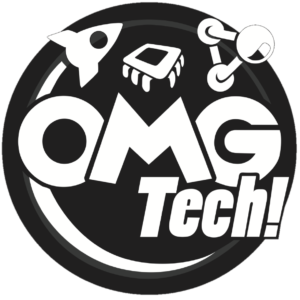FUTURE OF LEARNING
SHOWCASE OF FUTURES-LED THINKING IN EDUCATION
Learning Architecture
GREENHITHE SCHOOL
At Greenhithe, year 5 and 6 kaiako organise their classes’ activities for each week using Google Slides. Planning is shared across each year group and kaiako collaborate on slides for all classes, with each kaiako focussing on one curriculum area for the fortnight. When the resulting slideshow, known as Learning Slides, is distributed each Monday using Google Classroom, ākonga can see the activities that are coming up across the rest of the week. This allows them to have a clear picture of what’s next, prepare for upcoming tasks, and work ahead if they finish early.
Not only does the structure of Learning Slides facilitate forward planning, but teaming up to plan for their classes together saves each set of kaiako valuable prep time. All seven kaiako using this system report that it has made planning more efficient and less stressful. Year 6 kaiako Emma Pierce explains, “I personally enjoy planning more now and find it less time consuming as I like being creative with the slideshows. Working collaboratively with the slides has also made planning feel less like a burden… Google Forms is another favourite of mine and we use it to select workshops for the following week.” Three kaiako mentioned that planning collaboratively allows them to learn from each other and utilise each other’s strengths, and two said that using Learning Slides gives them more flexibility to plan from home rather than staying at the school late into the evening. Excessive workload is an issue for teachers across Aotearoa New Zealand, so Greenhithe’s success in reducing the mahi of planning is noteworthy. It allows for a vision of the future in which teachers are improving their work-life balance via collaboration, resulting in reduced stress and a reduced rate of burnout.
The classes who share learning slides also come together regularly for team-taught lessons. For whole-class activities, one kaiako will model the learning while the other roves around the room to check understanding and provide tautoko (support) where needed. After the demonstration, the classes break out into small groups for their chosen follow-up activities, which are outlined in the Learning Slides. Groups are based on the ākonga’s activity choices, which are guided by coloured symbols that indicate challenge levels. As ākonga finish the follow-up activities, the Learning Slides direct them to a range of options for extensions or related skill-building tasks. The Learning Slides themselves are user-friendly and the ākonga find them easy to navigate. Max, in year 6, reports, “I like the way Learning Slides are set up because they’re really easy to access and then you can just scroll down, decide what you want to do and then get on with your work. It’s really good.”
This practice begins in year 5 at Greenhithe because this is the first year group where each ākonga has their own device to use all day. Google Classroom and related apps are introduced in year 3, meaning that ākonga are comfortable using these platforms by the time they reach year 5. Kaiako cited the lack of 1:1 device access in year 3 and 4 as a barrier to building digital fluency, but agreed that any ākonga who are strugfling in year 3 and 4 quickly become confident navigating Google Slides and related apps once they are using them daily in year 5.




